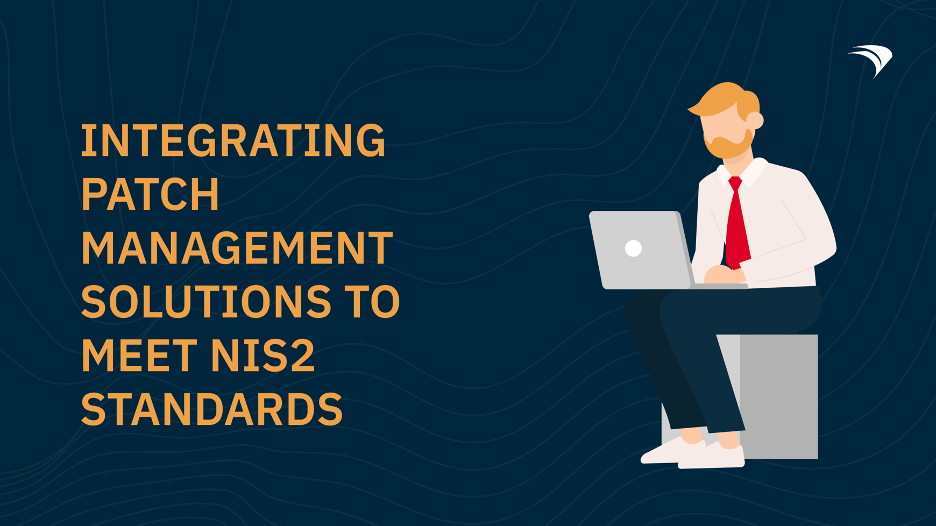Introduction
In today’s fast-paced tech landscape, the heartbeat of any organization lies in its ability to leverage technology effectively. One critical aspect that often goes unnoticed is the training of staff on device management systems. It’s more than just a checkbox on the to-do list; it’s a doorway to enhanced productivity and fortified data security. In this piece, we’ll take a friendly stroll through the essentials of training staff on these systems, anchored in insightful industry trends.
Why Device Management Matters
Device management isn’t just about making sure the latest gadgets are in the hands of employees; it’s about creating a robust framework that integrates security, efficiency, and compliance. Consider it the backbone of an organization’s tech ecosystem, the invisible thread connecting every device in use.
So, why should organizations prioritize strong device management practices? The reasons are compelling:
- Data Security: Imagine the fallout from a data breach—it’s not just inconvenient; it can be catastrophic. Robust device management practices act as a digital fortress against unauthorized access, ensuring that sensitive information remains shielded from prying eyes.
- Operational Efficiency: When your staff is well-trained on device management, you’re not just investing in systems; you’re investing in their productivity. A clear understanding of device protocols reduces downtime and streamlines workflows, ultimately affecting the bottom line.
- Regulatory Compliance: For organizations twirling in the dance of regulatory requirements, device management systems serve as a safety net, keeping personal information secure and adhering to legal standards.
Have Your Training Programs On Point
As you embark on designing effective training programs for device management systems, think of it as crafting a recipe for success. Here are the key ingredients to include:
- Overview of Device Management: Start with the basics! Ensure staff is familiar with essential concepts, such as Inventory Management, Software Distribution, and the security protocols that form the backbone of device management.
- Hands-On Training: Workshops that let staff dive into the software bring theory to life. When they can play around in a controlled setting, it builds confidence and equips them for real-world situations.
- Best Practices: It’s not just about what they should do, but how they should do it! Training should include best practices for device security, such as the importance of password management, cautiousness with unsecured apps, and honing their ability to identify phishing attempts.
- Policy Understanding: Every organization has its own policies—make sure your staff gets a clear grasp on these. They should feel empowered to navigate device usage protocols and know how to report issues effectively.
Harnessing Technology for Training
Let’s not forget that in the digital age, there’s a wealth of technology at our fingertips to enhance training effectiveness. Here’s how you can harness these tools:
- Learning Management Systems (LMS): Today’s LMS platforms let you deliver training courses with unmatched flexibility. Staff can access the material at their convenience, which means learning can happen at a customizable pace.
- Interactive Simulations: Introduce simulations that replicate the device management environment for a hands-on experience. These risk-free setups prepare staff to handle real-world tasks without the stress of actual repercussions.
- Mobile Training: We live in a mobile world! Ensure resources are accessible on devices employees already use. This promotes quick reference and empowers them to learn on the fly.
Assessing Training Success
After conducting training, it’s crucial to assess how effective it really has been. Think of it as checking the weather after a storm:
- Feedback Surveys: Direct feedback is invaluable! Surveys can provide insights into what worked and what needs to be tweaked for future sessions.
- Knowledge Assessments: Regular assessments aren’t just for schools! They help ensure that the material resonates with participants and that they truly understand and remember what they’ve learned.
- Performance Metrics: Keep an eye on the bigger picture. Tracking how training impacts operational efficiency and the frequency of device security incidents will guide necessary improvements.
Fostering a Culture of Continuous Learning
Remember, in the ever-evolving world of technology, training can’t be a one-off event. Here are strategies for instilling a culture of continuous learning:
- Regular Update Sessions: Technology changes quickly! Schedule sessions to keep your team informed on new features, practices, and compliance standards to ensure ongoing education.
- Peer Learning Opportunities: Don’t underestimate the power of collaborative learning! Encourage staff to share insights and knowledge, fostering a culture where everyone grows together.
- Incentives for Participation: Reward participation, be it through recognition programs or other incentives. These rewards can encourage staff engagement and commitment to ongoing learning.
Conclusion
Training staff on device management systems is an intricate process that requires thoughtful planning, continuous education, and an embrace of new technology. By implementing well-structured training programs, organizations not only boost their operational efficiency but also create secure, productive work environments. In a world increasingly centered around technology, investing in staff training on device management is not just wise—it’s essential.





